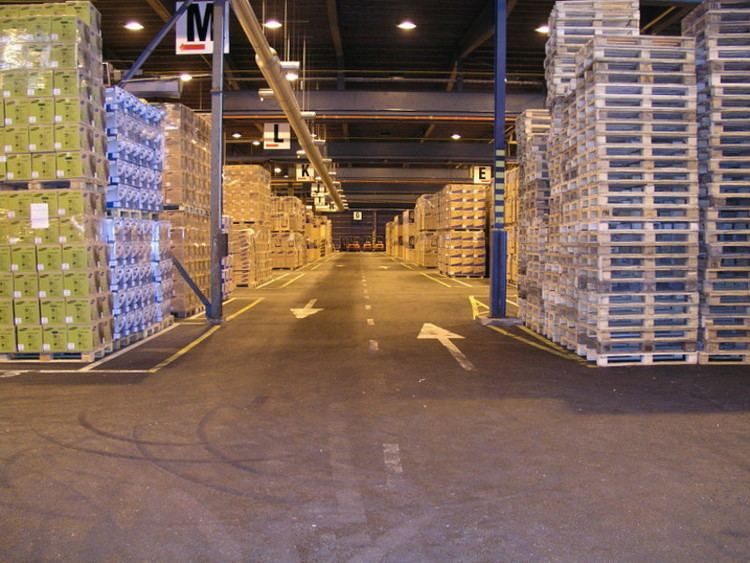 | ||
In applied probability, a regenerative process is a class of stochastic process with the property that certain portions of the process can be treated as being statistically independent of each other. This property can be used in the derivation of theoretical properties of such processes.
Contents
History
Regenerative processes were first defined by Walter L. Smith in Proceedings of the Royal Society A in 1955.
Definition
A regenerative process is a stochastic process with time points at which, from a probabilistic point of view, the process restarts itself. These time point may themselves be determined by the evolution of the process. That is to say, the process {X(t), t ≥ 0} is a regenerative process if there exist time points 0 ≤ T0 < T1 < T2 < ... such that the post-Tk process {X(Tk + t) : t ≥ 0}
for k ≥ 1. Intuitively this means a regenerative process can be split into i.i.d. cycles.
When T0 = 0, X(t) is called a nondelayed regenerative process. Else, the process is called a delayed regenerative process.
